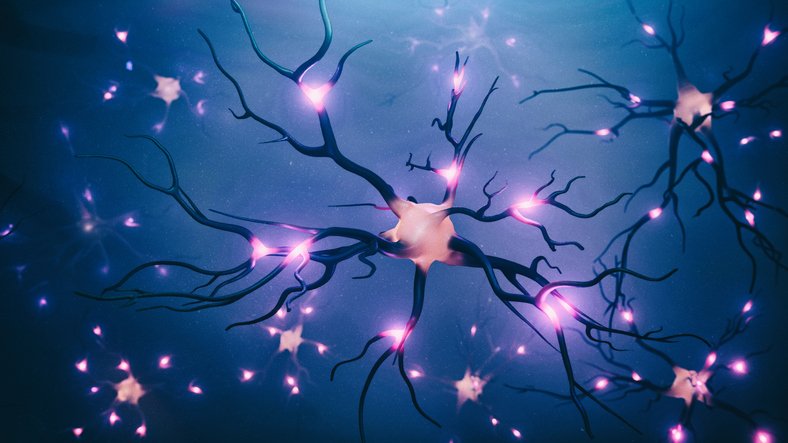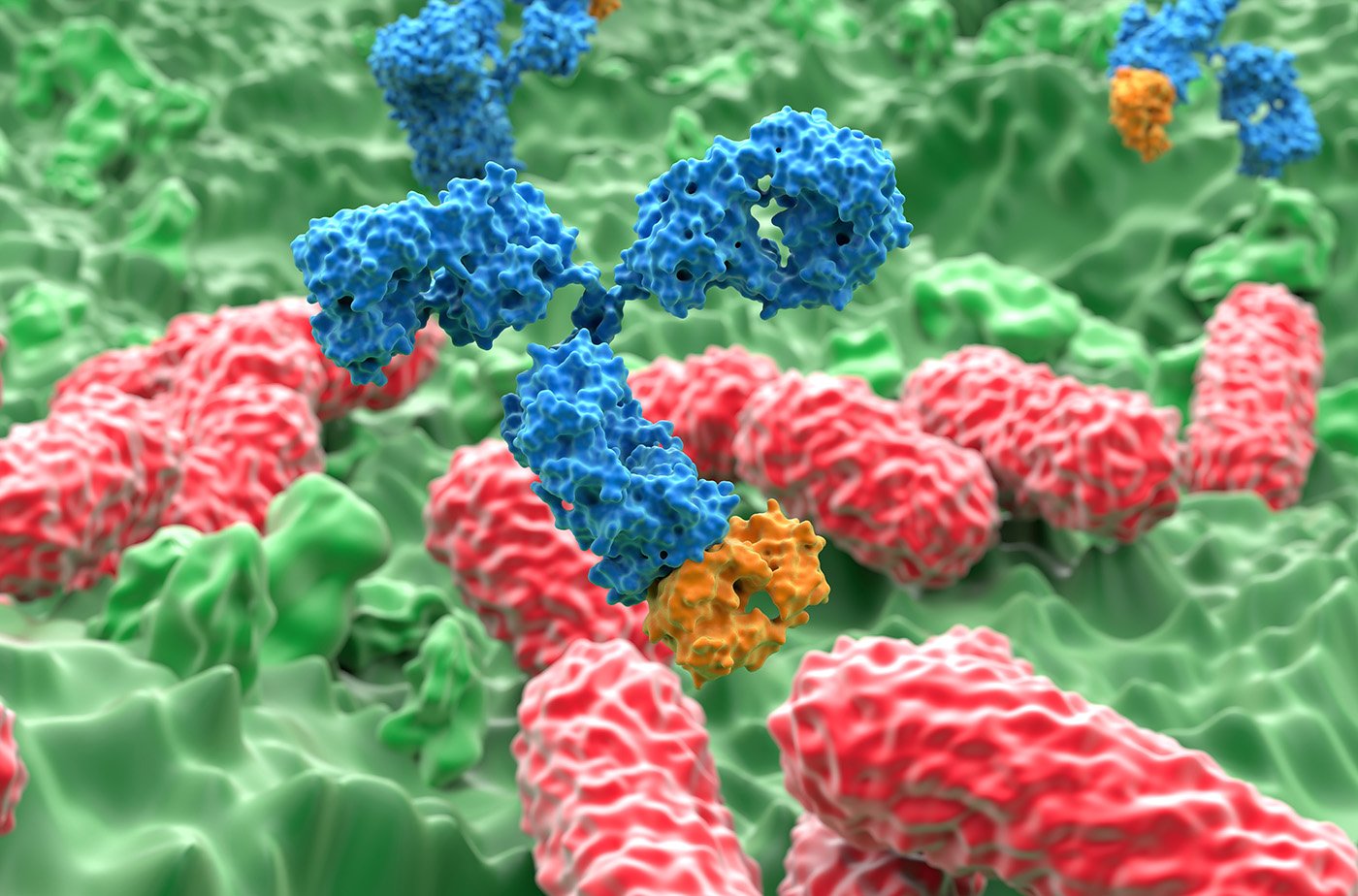Despite being renowned as the “powerhouse of the cell,” mitochondria can also be a source of heartache for those living with mitochondrial disease—especially when planning to have children. Because mitochondrial disease is maternally inherited and incurable, hopeful parents face incredibly difficult decisions.
Today, a group of researchers from the U.K. present a success story that provides hope for those in the “mito” community: eight babies born using mitochondrial donation and pronuclear transfer—all of whom show no signs of having mitochondrial DNA disease. The babies, four girls and four boys (including one set of identical twins) were born to seven women at high risk of transmitting serious disease caused by mutations in mitochondrial DNA. All eight babies, ranging in age from 0-5 months to over 24 months were deemed healthy at birth and are described as developing normally.
Descriptions of the reproductive and clinical outcomes of the treatments are published in two papers in The New England Journal of Medicine (NEJM): “Mitochondrial Donation and PGT to Reduce Risk of Mitochondrial DNA Disease” and “Mitochondrial Donation in a Reproductive Care Pathway for mtDNA Disease.”
Years in the making
The IVF-based mitochondrial donation technology, pronuclear transfer, was first described in the 2010 Nature paper, “Pronuclear transfer in human embryos to prevent transmission of mitochondrial DNA disease.”
In 2015, U.K. approved legalization to enable the Human Fertilization and Embryology Authority (HFEA) to allow mitochondrial donation treatments for women at high risk of transmitting serious mitochondrial DNA disease to their children. The law has now changed in Australia, but no other country has legalized the process. One reason for this, notes Mary Herbert, PhD, Professor of Reproductive Biology at Newcastle University and Monash University and an author on the 2010 paper, is that other countries do not permit the creation of embryos for research.
Pronuclear transfer is performed after the egg is fertilized. The nuclear genome from an egg carrying a mitochondrial DNA mutation is transplanted to an egg donated by an unaffected woman that has had its nuclear genome removed. The resulting embryo inherits its parents’ nuclear DNA, but the mitochondrial DNA is inherited predominantly from the donated egg.
More work to do
With mitochondria carrying genetic mutations, there are three possible states of the cell: all wild-type mitochondria, all mutated, or heteroplasmy—a mix of wild type and mutated. In the case of heteroplasmy, the level of mutated mitochondria correlates with disease state: the more mutated mitochondria, the more disease.
Levels of disease-causing mitochondrial DNA detected in babies born after pronuclear transfer treatment ranged from undetectable to 16% in neonatal blood. Two cases had levels of carryover of maternal mitochondrial DNA during the mitochondrial donation procedure that were “higher than expected” at 12% and 16%. But Herbert asserts that they are still “way, way below the threshold that would cause disease.”
Mitochondria carryover is a challenging problem, given the large number of mitochondria in the cell. Indeed, “the cytoplasm is jam packed full of mitochondria!” notes Herbert.
But why did two of the eight babies have a higher level of mutated mitochondria? The team ruled out the hypothesis that those two cases had more maternal cytoplasm (and therefore more mitochondria) carried over in the transfer of the pronucleus. But they are exploring the possibility that the co-transferred mitochondria do not spread evenly upon being transferred. In this event, enrichment can occur and lead to slightly higher levels.
Sir Doug Turnbull, PhD, Emeritus Professor of Neurology, Newcastle University and lead author on the 2010 Nature paper, reassures that the higher levels of heteroplasmy are not a cause for concern. He notes that there is very little evidence that heteroplasmy changes much in post-mitotic tissues. Based on that, he says, one would suspect that the level that the two babies have now will be the level for the rest of their lives.
That said, Herbert is not satisfied with the higher levels of heteroplasmy and cites the carryover of mitochondrial DNA as the next big challenge for their work. Because of this, she says, the pronuclear transfer process is one of risk reduction. “We cannot guarantee prevention.” But her goal is to bridge that gap between risk reduction and prevention.
Following up
The follow-up with the families, to assess how the babies are doing, is one of the most important pieces of the work. Bobby McFarland, PhD, Director of the NHS Highly Specialised Service for Rare Mitochondrial Disorders (Newcastle Hospital’s NHS Foundation Trust) and Professor of Pediatric Mitochondrial Medicine at Newcastle University, told reporters that they worked hard to develop ways for the parents to be comfortable continuing to participate. To do this, they worked with the Lily Foundation: a U.K.-based patient advocacy group focused on supporting families affected by mitochondrial disease.
“We can’t compel people to bring their children to us,” said McFarland. So, he developed a study that included what the parents said they would like: access to specialist care, confidentiality, and for their children not to be treated like experiments.
The follow-up started with the first data point at seven weeks into the pregnancy and continued with a call every three weeks until birth. Then, multiple follow-ups continued including an 18-month developmental assessment that McFarland said was, “so complicated, even I had to take a course to understand it.”
All the babies met their relevant developmental milestones. As for other health issues, one child developed some brief startles (involving neck flexion and eye blinking) at age seven months, which resolved without treatment after three months. Another, a breast-fed baby, developed high blood fats (hyperlipidemia) which had also affected the mother during pregnancy, and was successfully treated through a low-fat diet. This child was also diagnosed with an abnormal heart rhythm (cardiac arrhythmia) which is being successfully treated with a reducing amount of anti-arrhythmic medication. A third child had a urinary tract infection that responded quickly to antibiotic treatment.
The authors say that the children’s health conditions are not thought to be related to the maternal mitochondrial DNA mutations as the low levels detected in these babies would not be expected to cause disease symptoms. Symptoms for these mutations are only seen with levels above 80%. Any effect of the pronuclear transfer procedure itself would be expected to have a more uniform clinical manifestation, that is, to affect children in the same way. However, follow-up studies will be of paramount importance in detecting any patterns in childhood conditions, and the team will continue to offer assessments up to the age of five years.
“We believe the follow-up process we have put in place is thorough, since it allows us to detect and review even minor health conditions in children born after pronuclear transfer such as a urinary tract infection,” notes McFarland.
Reassurance
How does the team feel about today’s results? “It’s reassuring. Absolutely,” asserts McFarland.
One reason that this is so impactful, notes Turnbull, is for future patients. Up until now, he notes, it has been difficult to provide advice. People can only make a choice if they are informed and some people have been holding off on the procedure because of a lack of information. But now, with these data, optimism can be provided to patients (albeit cautiously, the team notes). And a picture is emerging that provides enough information to people so that they can make their own decisions.
Herbert says that, for her, and because pronuclear transfer happens, “in the small hours in the morning,” it is so rewarding that the long nights have paid off. In science, she adds, “periods of joy are fleeting and brief,” because you quickly move on to think about the next challenges.
McFarland notes that he regularly sees children in ICUs and meets with couples coming into the clinic. And it has been fantastic to be able to offer them this option. But to see these babies now—and to know that they are not going to have mitochondrial disease—is just amazing.
The post Mitochondrial Disease Milestone: Eight Babies Born Free of Mitochondrial Disease via Pronuclear Transfer appeared first on GEN – Genetic Engineering and Biotechnology News.



